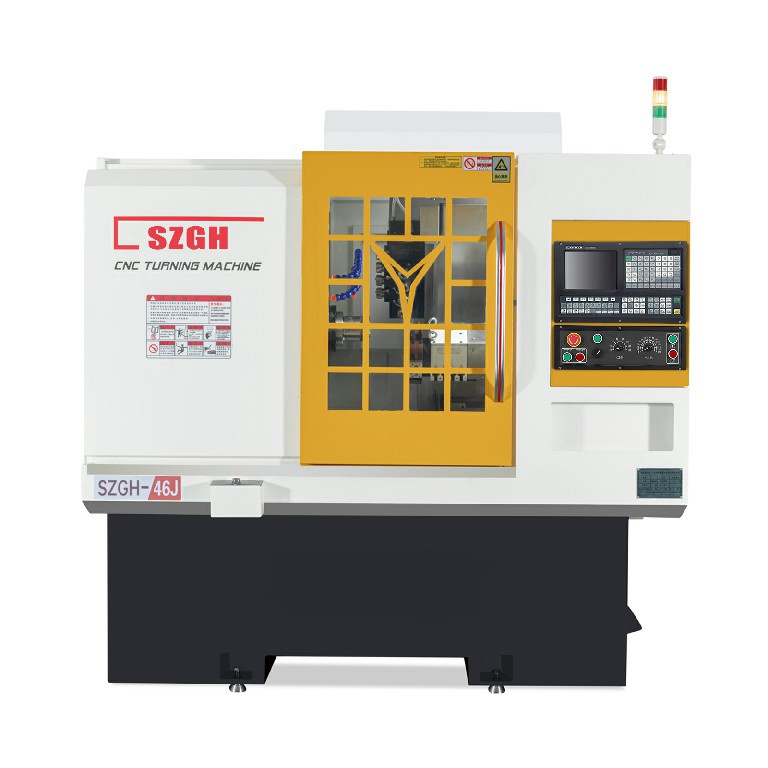High-speed cutting technology in lathe machines offers several advantages that improve processing efficiency. Here are some ways in which high-speed cutting technology enhances efficiency:
1. Reduced Cycle Time: High-speed cutting allows for faster cutting speeds and higher feed rates compared to conventional machining. This reduces the time required to complete each machining operation, resulting in shorter cycle times. Shorter cycle times translate to increased productivity and higher throughput.
2. Increased Material Removal Rate: High-speed cutting enables higher depths of cut and larger chip loads while maintaining stable cutting conditions. This leads to a significant increase in material removal rate, allowing more material to be removed in a shorter period. It results in faster machining and improved efficiency.
3. Improved Surface Finish: Despite the higher cutting speeds, high-speed cutting technology can maintain excellent surface finish quality. It achieves this through various mechanisms such as reduced cutting forces, optimized tool geometries, and improved cooling strategies. Improved surface finish reduces the need for additional finishing operations, saving time and improving efficiency.
4. Extended Tool Life: High-speed cutting typically involves the use of advanced cutting tool materials and coatings, designed to withstand the high temperatures and forces associated with high cutting speeds. These tools exhibit better wear resistance, enabling longer tool life compared to traditional cutting tools. Longer tool life reduces tool change frequency and associated downtime, enhancing overall efficiency.
5. Enhanced Chip Evacuation: High-speed cutting generates smaller and more manageable chips compared to conventional machining. This improves chip evacuation, reduces the likelihood of chip clogging, and enhances the overall machining process's stability. Improved chip evacuation leads to fewer interruptions, better tool performance, and increased efficiency.
6. Increased Efficiency in Hard Materials: High-speed cutting technology is particularly beneficial for machining hard materials, such as hardened steels or exotic alloys. The combination of high cutting speeds, optimized tooling, and coolant strategies allows for efficient machining of these materials, which are typically more challenging to process. It reduces the need for slower and more time-consuming methods, resulting in improved efficiency.
7. Process Optimization: High-speed cutting often involves advanced process optimization techniques, including tool path optimization, adaptive control systems, and real-time monitoring. These technologies enable efficient utilization of the lathe machine's capabilities by dynamically adjusting cutting parameters based on the material, tool wear, and other factors. Process optimization maximizes efficiency by achieving the best balance between cutting speed, tool life, and surface finish.
 |
 |

